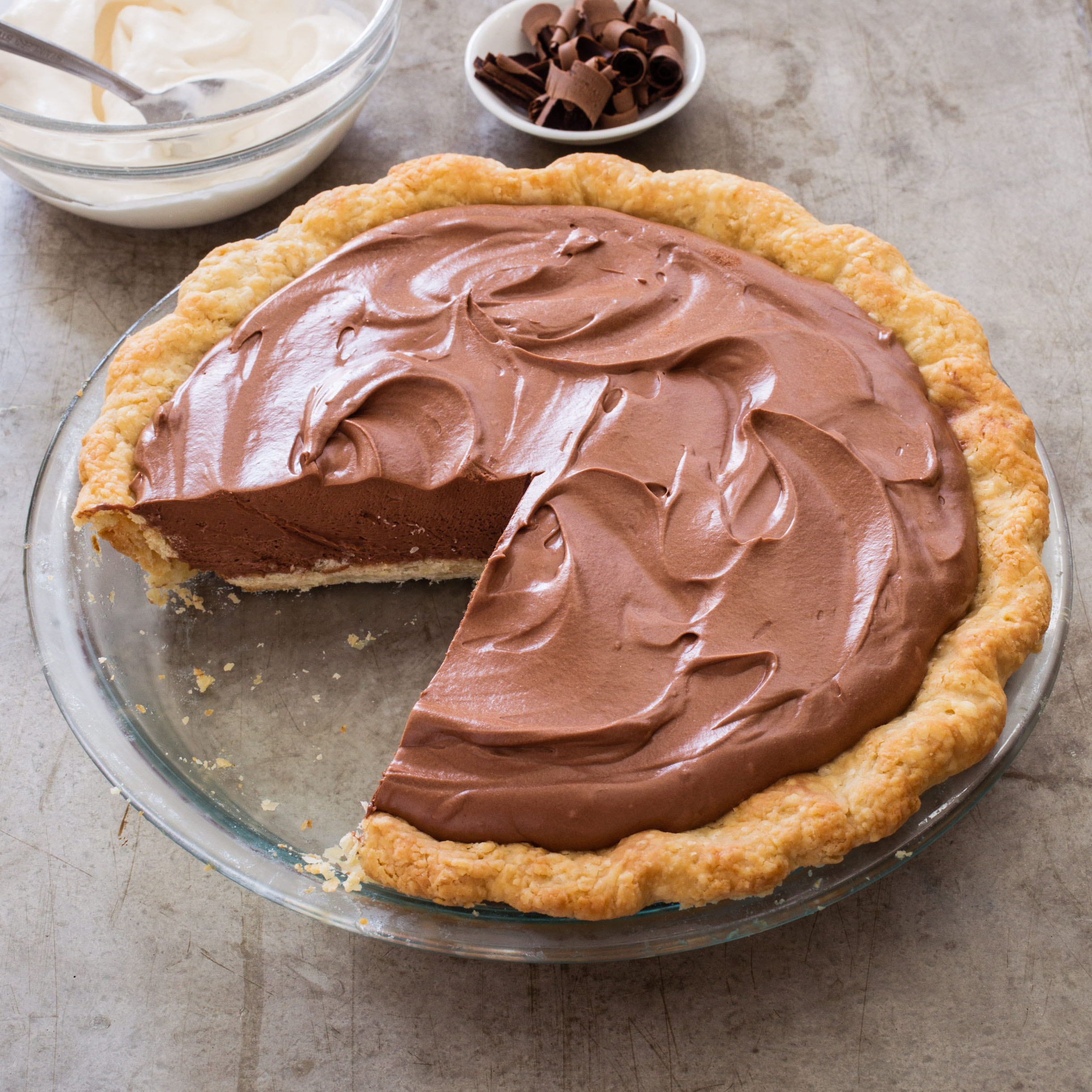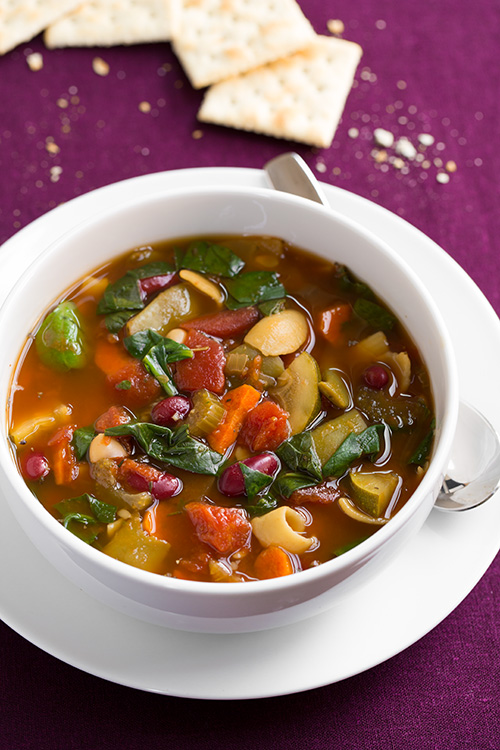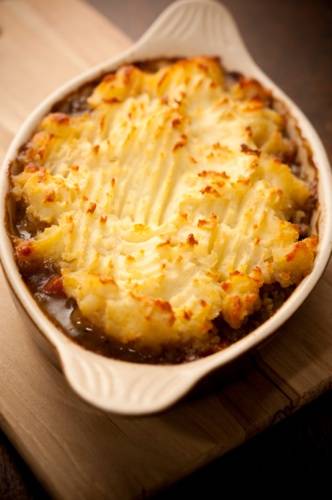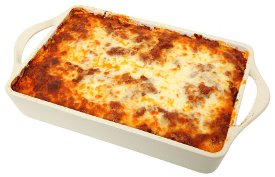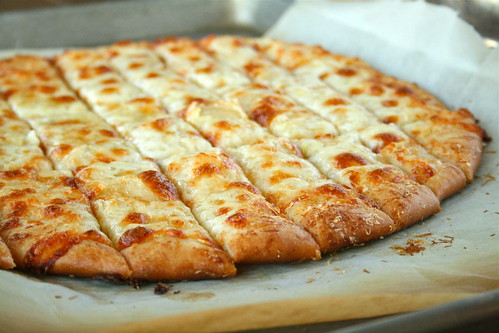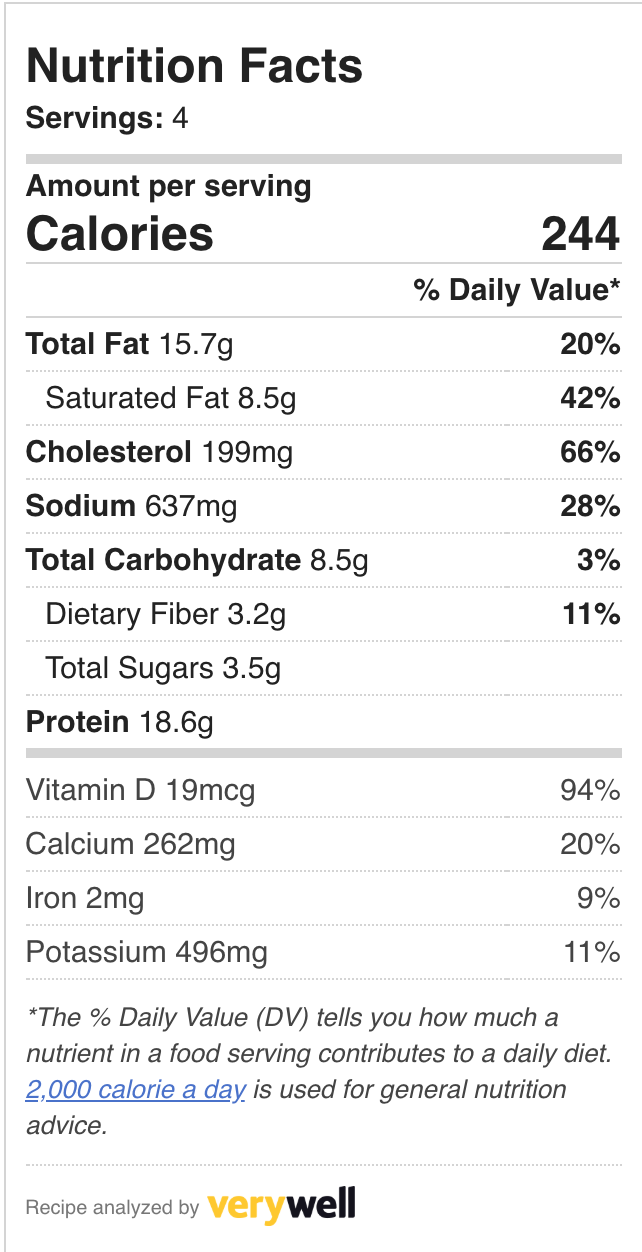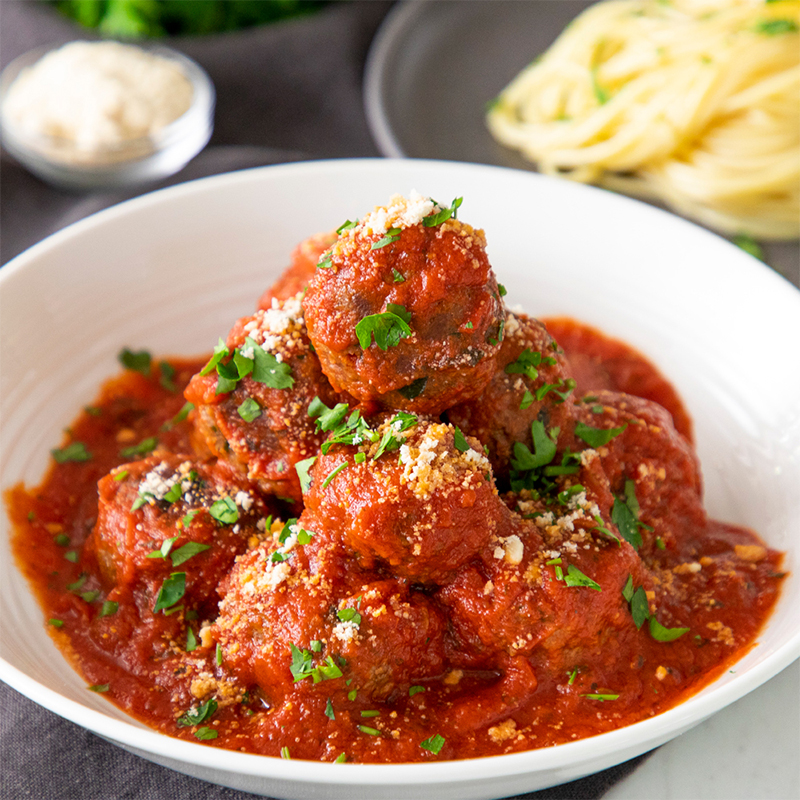
There is nothing particularly special about this meatball recipe; I post it here mostly because we tried an experiment this weekend to see if my kids could tell the difference between these and “regular” meatballs, and the results were interesting.
I tossed together this recipe from memory, simply substituting Beyond Beef bulk burger (comes in 1lb packs in the meat dept.) for hamburger/ground pork. Feel free to use your own meatball recipe, what I found is that this stuff basically cooks the same way, there were no surprises.
1 lb Beyond Beef Plant-Based Ground Whatever
2 tsp minced garlic (about 2 cloves)
1 tsp salt
1/2 tsp ground black pepper
1/2 tsp oregano (or “Italian Herb Seasoning”)
2 TBSP grated parmesan
2 TBSP feta cheese (optional)
1/4 tsp red pepper flakes (optional)
1 TBSP fresh chopped parseley
1 egg (or equivalent egg whites) (optional)
Preheat oven to 425 degrees F
Hand mix all ingredients
Use your hand or a small scooper to make 1 1/2 inch diameter balls.
Arrange onto a baking sheet, preferably lined with parchment paper.
Bake until browned/cooked through, generally 15-20 minutes
Serve with cooked marinara or in your favorite dish.
Here’s what’s in Beyond Meat burger stuff:
https://www.beyondmeat.com/about/our-ingredients/
Nutritional information:
1/4 lb of Beyond Burger has
270 calories
5g saturated fat
13 g unsaturated fat
4g carbs
2g fiber
You can get it in bulk here:
Let me know what you think! My kids’ verdict: they couldn’t tell I was pulling a fast one on them. Of course, their palate stinks, but my wife and I were pretty impressed and we’ll have them again.
